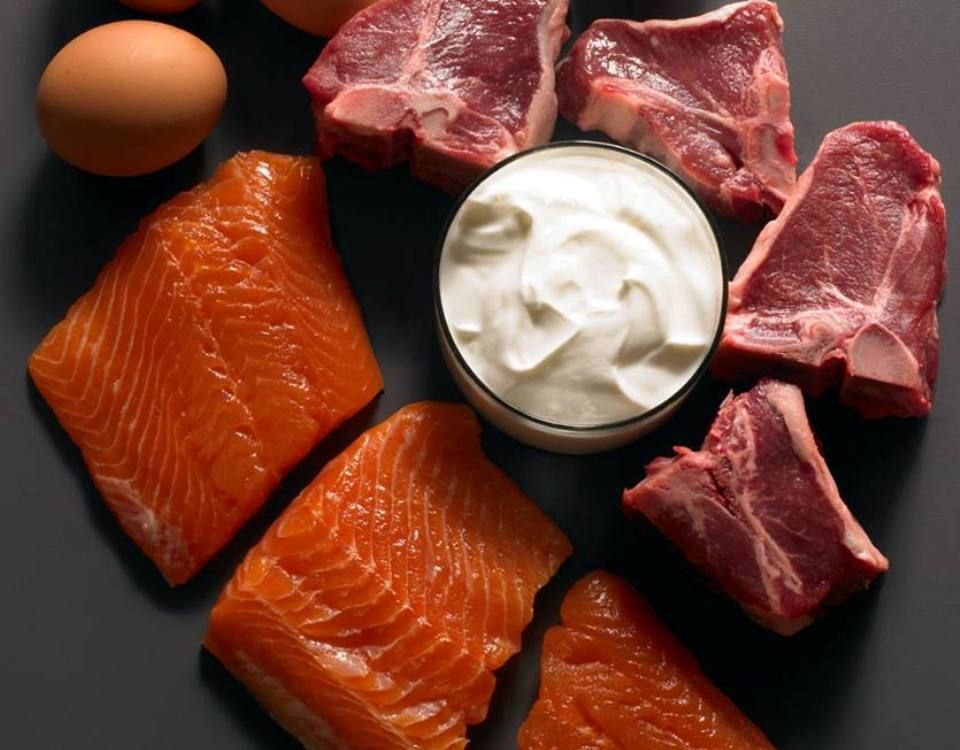Top 10 Fat Loss Tips for Ripped Abs

The Truth is no amount of ab training alone is going to help you get ripped if you don’t lose fat. Cutting extra weight through proper nutrition, intense training, and smart supplementation is what allows you to reveal underlying ab muscles. That’s why we have compiled a comprehensive of tips that cover all three area to help you achieve your goal of building a strong, lean and muscular physique. Incorporate some or all of these strategies into your diet and training program and your dream for lean and ripped abs can become reality in no time.
1. Cut your caloric intake
One of the most simple and common ways of losing fat is reducing your daily caloric consumption. Simply put: reduce your overall daily caloric intake over a period of time and you will lose bodyfat. This is because the caloric reduction creates a shortfall in your daily caloric needs and your body makes up for it by tapping into your bodyfat reserves to fuel your daily activities and workouts. Consequently, you lose bodyfat.
- Do This: Start by reducing your daily calories by 500. That corresponds to 1 pound of body fat loss per week. And the easiest way to cut calories is to eliminate excess dietary fat such a butter, oils, salad dressings, egg yolk, whole-milk dairy products etc… and replacing them with low-calorie foods or vegetables which are low in calories and contain lots of fiber and water to keep you full longer.
2. Eat more often
The number of times you eat each day affects your overall metabolism. Every time you eat, the body’s calorie-burning engine slightly increases. This is especially true for meals that contain protein. So if you eat six times a day, you’ll experience six metabolic surges a day, rather than just three if you eat only three times a day. Additionally, by eating frequently, you increase the chance that what you eat will make its way into muscle tissue rather than being packed away as bodyfat and you also decrease your chances of overeating next time you eat.
- Do This: Eat 6-8 small meals per day, spaced 2-3 hours apart. Avoid going more than three hours without eating, your body will go into starvation mode, which can cause you to store bodyfat and makes it more likely that you’ll overeat at your next meal.
3. Build more muscle
The more muscle you carry, the easier it is to lose bodyfat. After all, muscle is high metabolic tissue that requires a lot of fuel to maintain. Every pound of muscle uses about 6 calories a day just to sustain itself, while each pound of fat burns only 2 calories daily. That small difference can add up over time. In addition, after a resistance training session, your muscles are activated all over your body, increasing your average daily metabolic rate.
- Do This: In your fat loss plan include weight lifting and resistance training sessions not just cardio, at least three times a week. Also, use the overloading principle to keep your muscles growing and guessing. This will elevate your metabolic rate as your body tries to adapt to this increased need for functional energy.
4. Cycle your carbs
Research has shown that carb cycling is a more effective way of dropping body fat than cutting calories. The premise behind carb cycling is that you deplete all your carbohydrate stores. This forces the body to exhaust your muscle glycogens and therefore target you your fat stores to burn for energy. Then, to prevent excessive lean muscle loss or catabolism, replenish glycogen stores by eating starchy carbohydrates.
- Do This: For 3-4 days maintain a low to zero carbohydrate diet, then follow it with a high carbohydrate diet for 1-2 days and then repeating the cycle.
5. Time and choose your carbs
Eating the right kind of carbohydrates and knowing when to eat them is key to ensuring positive metabolic activity and replenishing muscle glycogen stores for greater energy. Consume a hefty sum of your daily carbohydrates at breakfast and after training. These two time periods where your body needs the most carbs and therefore less likely to store them a fat. Also stick with slow-acting carbohydrates such as oatmeal, whole-wheat bread, brown rice and sweet potatoes, etc…These are perfect for dieters as they provide a slow, steady release of nutrients. The only time that you should be consuming fast-digesting carbs is immediately post-workout when your glycogen levels are depleted and your body needs to quickly re-charge for maximum recovery and growth.
- Do This: Eat the majority of your carbs at breakfast and after training. For dinner go with zero carbs or stick with vegetables as your sides.
6. Increase your protein intake
The body uses more calories digesting protein than it does breaking down carbs or fat. So replacing some carbs with lean, protein-rich foods can boost the metabolism at mealtime. High-quality protein also keeps you fuller longer and ups levels of the amino acid leucine in your body, which is essential for maintaining muscle and burning calories.
- Do This: Eat 1-1.5 grams of protein per pound of bodyweight every day. Your major protein sources should be lean meats (chicken, steak, turkey breast, tuna), egg whites, protein powder (whey or casein) and low-fat cottage cheese.
7. Train heavy and intense, and rest less
Intense heavy weight training is another very effective way to spike your metabolic rate and burn more calories. In your workouts, focus on heavy compound moves and include high-intensity principles such as supersets, drop sets, etc…These training principles increase the intensity of your workouts by keeping your rest time to a minimum and forcing your body to harder and longer. This keeps your heart rate and metabolism running at full throttle.
- Do This: Keep your workout session between 45-75 minutes. Train heavy using compound moves and performing 6-10 reps. Also, include high-intensity principles such as supersets or drop sets or use shorter rest periods, 30-60 seconds max.
8. Time your cardio
Doing cardio after weights or in the morning on an empty stomach will burn the greatest amount of fat. During both of these times, your body is slightly carb-depleted, making fat the primary fuel source for energy. If you can’t do your cardio early in the morning, schedule your cardio session it after weight training. Since lifting depletes glycogen stores, your body is more likely to use fat as its first fuel source during cardio. Also, the combination of the two results in a higher caloric burn postworkout.
- Do This: To ensure that your body is in optimal fat-burning mode, do 30-60 minutes of cardio first thing in the morning before breakfast 4-6 days per week. Use interval training or try to keep your heart rate at 70%-80% of your MHR. This keeps your resting metabolism elevated higher and lead to greater overall decreases in bodyfat over time.
9. Splurge occasionally
Your metabolism tends to slow down when you are on a calorie-restricted diet, so incorporating an occasional cheat higher in calories and carbs will trick your body into thinking it’s not dieting and reboot your metabolism at full capacity again.
- Do This: Allow yourself 1-2 cheat meals per week, depending on how dedicated you can be. Small indulgences make dieting more tolerable, keeping you on track longer. Make sure these meals are high in calories and carbs are eaten after training a large body part.
10. Supplement with caffeine and carnitine
Caffeine is the most popular stimulant in the world, found in almost in every thermogenic supplement in the market. Caffeine aids fat loss by increasing your metabolic rate and oxidizing fat for fuel, causing you to experience greater calorie burning, leading to increased fat burning. Taken before cardio training, caffeine increases aerobic performance and endurance which results in a greater increase in metabolic rate post cardio. The fats the body release during training need to be burned for fuel and this is where carnitine comes in. Carnitine transports the fatty acids from the blood into mitochondria cells where it burned and used as energy. Carnitine is also vital for burning fat aerobically and increasing fat loss during exercise and during low-carb dieting.
- Do This: Take 200-400 mg of a caffeine in form of coffee or supplement in the morning and an hour before workout. Take 1-3 gram(s) of carnitine with breakfast, pre and postworkout meals, as well as with your last meal.



